By Shi Yuanfeng from China News Service(CNS)
“Looking up, I see the immensity of the cosmos; bowing my head, I look at the multitude of the world. The gaze flies, the heart expands, the joy of the senses can reach its peak, and indeed, this is true happiness.” Italian astronaut Samantha Cristoforetti tweeted these wordsin Chinese, Italian and English during her recent stay on the International Space Station, quoting from Lantingji Xu (Preface to the Poems Composed at the Orchid Pavilion), a Chinese literature classic by 4th-century calligrapher Wang Xizhi,to express her thoughts when facing the vast starry sky.Traveling through more than 1600 years, the Lantingji Xu went viral immediately.
Bi Luo (Pietro De Laurentis), an Italian sinologist and professor at the Guangzhou Academy of Fine Arts, believes that Wang Xizhi's Lantingji Xu and Da Vinci's Mona Lisa share the same cultural status.“Although different civilizations have different perceptions of beauty, I believe the pursuit of beauty and its appreciation is undoubtedly a phenomenon transcending borders, time, and space.”In an exclusive interview with W.E. Talkof CNS, Bi Luo said that although the universe was vast, the Chinese ancients could achieve true freedom and transcendence by refreshing views and freeing souls. Therefore, the cosmic view reflected in the Lantingji Xu is the product of the Chinese cultural system of thousands of years and the embodiment of traditional Chinese cultural ecology.
CNS: Your Chinese name Bi Luo is taken from Zhuangzi(Sayings of Master Zhuang), and the Tianxia (All Under Heaven) chapter of Zhuangzi says, “The Dao embraces everything, and there is nowhere for it to end up.” How do you understand this saying, and how does it reflect a Westerner's view of calligraphy and Chinese culture?
Bi Luo: I have been using the name “Bi Luo” for 25 years, and I came across it when I was studying Chinese in Italy in 1997. At that time, my classmates and I went to a Chinese restaurant, mainly to communicate with Chinese people to practice oral Chinese. A young Chinese man who worked there gave me the Chinese name “Bi Luo.” I didn’t know at the time that “Bi” was a common surname in China, and I never thought it would be used until now.
A few years later, I learned that “Bi Luo” also had a profound meaning in ancient China—we need to be alert and cautious in dealing with all unknown phenomena, and more importantly, we need tolerance. Given my personality and life experiences, the quote “The Dao embraces everything” from Zhuangzi really suits me, not only reflecting my attitude towards the world for over 20 years but also summarizing my academic research and cultural aspirations.
From a broader view of Chinese culture, the open and tolerant international spirit of the Tang Dynasty, in its religious, political, and cultural aspects, and the true calligraphers who were excellent in all five scripts of calligraphy, all embody the kernel of embracing everything. The history of calligraphy in the Tang dynasty is one of the main focuses of my research.
CNS: You once said that “the study of sinology requires massive accumulation, and there is a long way before one gets started with traditional Chinese culture.” How do you think the study of calligraphy can help to understand traditional Chinese culture?
Bi Luo: Without a certain accumulation of Chinese vocabulary and basic knowledge of traditional literature, it is impossible to deal with the vast amount of materials on ancient Chinese literature and history, let alone sinology.
From the perspective of traditional Chinese culture, calligraphy is a highly sustainable cultural expression. The practice of calligraphy is a relatively low-cost activity, unlike sculpture or painting, which require expensive materials to get started. There is no fundamental difference between copying the same masterpieces of the regular script from the Tang dynasty, except that in the Song dynasty, rubbings were used, and today photocopies.
From the perspective of objective historical exploration, ancient Chinese society was still applying benevolent governance and consciously sent out strong signals of humanistic culture to society through the calligraphic beauty of Chinese characters in calligraphy. Thus, we can fully understand the complex humanistic and social-ecological phenomena of the time through ancient calligraphic works to make up for the lack of historical documentation.
Around the world, people interested in the history of ancient Chinese civilization will acknowledge the cultural status of calligraphy, even if they may not be able to appreciate it.
CNS: In your opinion, how was it possible for the Lantingji Xu to travel 1,600 years in space and “go viral”? Is it a coincidence?
Bi Luo: Strictly speaking, the Lantingji Xu has “gone viral” for a long time. Since the end of the 19th century, it has been included in the textbook Cursus Litteraturae Sinicae (1879-1892), compiled in Latin by the Italian missionary Angelo Zottoli. It was read by many Westerners who met Chinese literature from the late 19th to the early 20th century.
Today all major translations of ancient Chinese literature in the West contain the Lantingji Xu. Any Western scholar exposed to Chinese art history in the early 20th century recognizes Wang Xizhi as one of the most respected artists in Chinese history. When I taught ancient Chinese at the Università degli Studi di Napoli “L’Orientale, I would have my students read the Shenlong edition of the Lantingji Xu and copy the text for translation into Italian.
Although I am not the sinologist mentioned by the Italian astronaut, it seems that Samantha Cristoforretti’s reference to the Lantingji Xu in Western social media can be considered a representative point in the cyber-age of Chinese culture. I have recently proofread a small book in Italian entitled “Drinking and Chanting: A Study of the Lantingji Poems” (Bevendo e poetando tra monti e ruscelli nell’antica Cina), which will be published in Milan in February 2023, and I hope to present it to the Italian astronaut at that time.
CNS: You have talked about “seeing Wang Xizhi as a world figure, and treating Wang Xizhi and Chinese calligraphy as a highlight of world culture ... Wang Xizhi’sLantingji Xu and Da Vinci’sMona Lisa are actually the same in terms of cultural status”. Does this suggest that the understanding of “beauty” and “freedom of mind” resonates most readily across civilizations? How does this contribute to the exchange of art between East and West?
Bi Luo: I bring up the world significance of Wang Xizhi because calligraphy is a shining point in the long process of exploring beauty among different civilizations worldwide and deserves to be shared more widely. Although there are differences in the perception of beauty between civilizations, I believe that the pursuit and appreciation of beauty is undoubtedly a phenomenon that crosses borders, time, and space. Anyone who understands the basic rules of the expressive language of a work of art and appreciates it without prejudice can feel its charm.
What is most lacking in the world today is an awareness of the diversity of beauty. The sense of beauty is common, but there is no single standard of beauty.
In the history of the Eastern world, Chinese civilization has long been a leader. Chinese civilization was transmitted to other civilizations in East Asia through the use of Chinese characters as the main carrier, forming the East Asian Chinese Culture Circle and contributing to the economic and social development and civilizational progress of these countries and regions.
With the influence of Western civilization being so great, how will Chinese civilization be able to interact with Western civilization and other civilizations harmoniously? Easterners and Westerners need the nourishment and inspiration of different cultural traditions. While Chinese culture has specific characteristics in terms of Chinese medicine, architecture, and craftsmanship, calligraphy is the only art that has been preserved in its original form for a thousand years. The fundamental purpose of the study of calligraphy is precisely to enrich the spiritual life and aesthetic interests of viewers from different civilizations and to enhance their horizons through the proper appreciation of calligraphic works.
Through calligraphy, we can see the full extent of traditional Chinese culture in greater depth, and the study of Sinology in both East and West will undoubtedly benefit from it, which is one of the reasons why calligraphy has played such a prominent role in the long history of Chinese civilization. There is a great need for calligraphy to go global, and as long as we approach it with rigor and openness, calligraphy will surely shine on the stage of international cultural exchange.
CNS: How should the process from viewing to dialogue, informing to sharing, and understanding to recognition be completed between civilizations? What role does calligraphy play in this process?
Bi Luo: A study of the history of calligraphy shows that calligraphy is one of the highest expressions of aesthetics in ancient China. A piece of calligraphy is a composition of ink and brush created in a single stroke, which can actually be seen as a musical performance unfolding on paper, and like the intuitive perception of music, goes directly to the heart of the writer and the viewer. This is the ancient Chinese perception of the world and everything. The use of brush strokes to transcribe ideas and humanistic ideals into two-dimensional, flat textual symbols.
This art form has the advantage of cross-cultural communication, cross-cultural understanding, and cross-cultural influence. Successful calligraphic works are a fusion of cosmic time and space with the ideals of the literati, with heart-rending life experiences, brilliant and independent meditations on life, and a profound cosmic consciousness, full of temporality and a sense of three-dimensionality that goes far beyond the two-dimensional surface.
In order to learn from each other, we should try to get in touch with and focus on classic works and historical figures representing different cultures, and strive to get closer to the absolute gems and outstanding representatives that have gained historical recognition. We will then facilitate a more accurate and realistic understanding of the complexities of different civilizations, and thus complete the process from viewing to dialogue, informing to sharing, and understanding to recognition.
In the case of calligraphy, whether in the East or the West, the ancient classical paradigm is a fundamental starting point for understanding and appreciating civilizations, as it is a contemporary development of ancient wisdom. We are fortunate to be able to speak directly with the ancient sages of China through calligraphy, to learn and gain something in terms of technique, aesthetics, and spirituality, which is an advanced practice of self-discovery and self-improvement. It also allows more people to move from recognition to appreciation and see more of this planet’s subtle and wonderful beauty.
About the interviewee:
Bi Luo (Pietro De Laurentis) got his Ph.D. from the Università degli Studi di Napoli “L’Orientale”, Italy, and is an Italian sinologist, professor at the Guangzhou Academy of Fine Arts, head of the Research Centre for Chinese and Foreign Writing Culture and Art Exchange, Member of the Expert Committee of the Wang Xizhi and Wang Xianzhi Studies Research Centre, and Specially Appointed Research Fellow at the Centre for the Study and Dissemination of Chinese Calligraphy, Jinan University. He has published several books in Italian, English, and Chinese, and several papers in authoritative journals at home and abroad, including Germany’sMonumenta Serica(Journal of Oriental Studies), as well as China’sDunhuang Studies, Tang Studies, and Chinese Calligraphy.









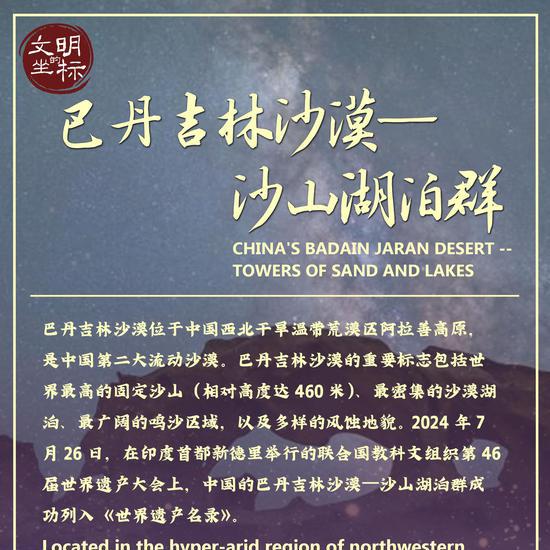
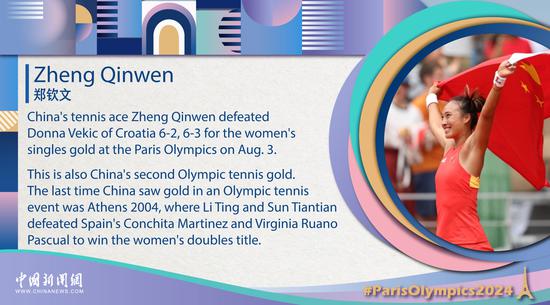

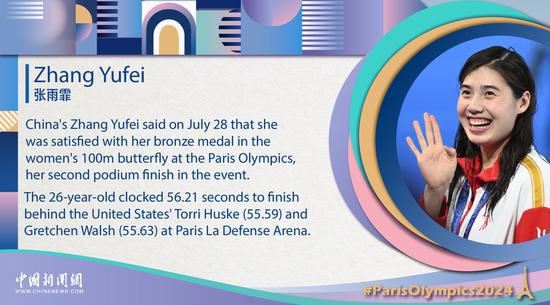
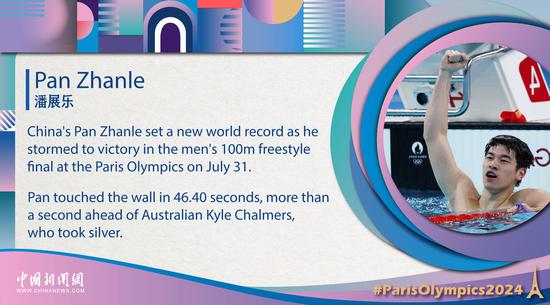













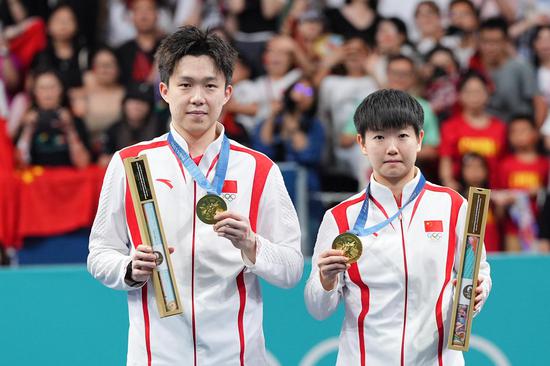


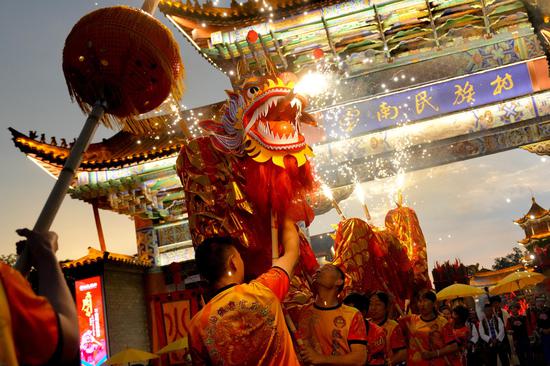
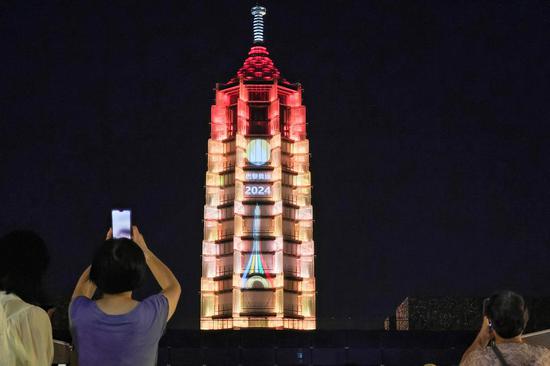



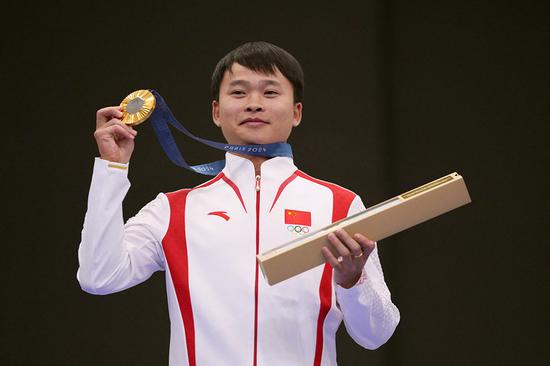

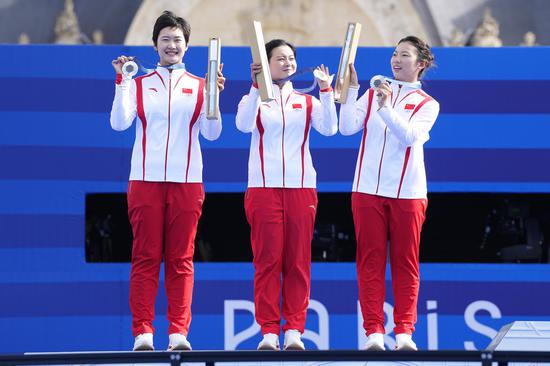
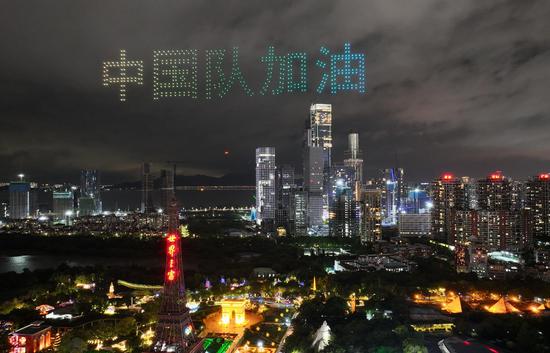

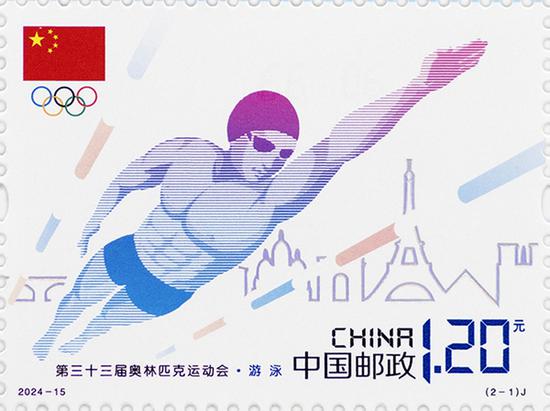
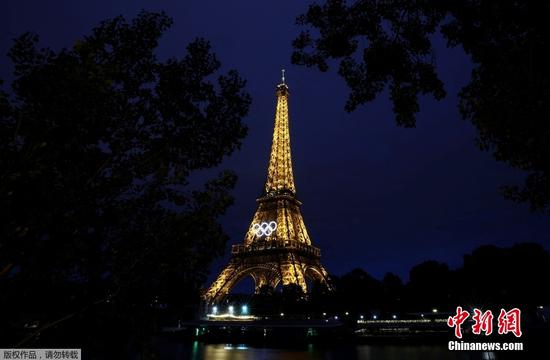
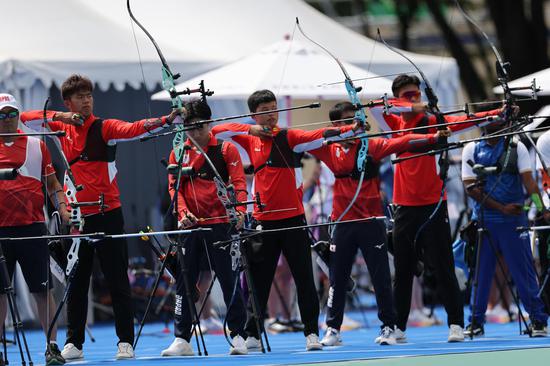





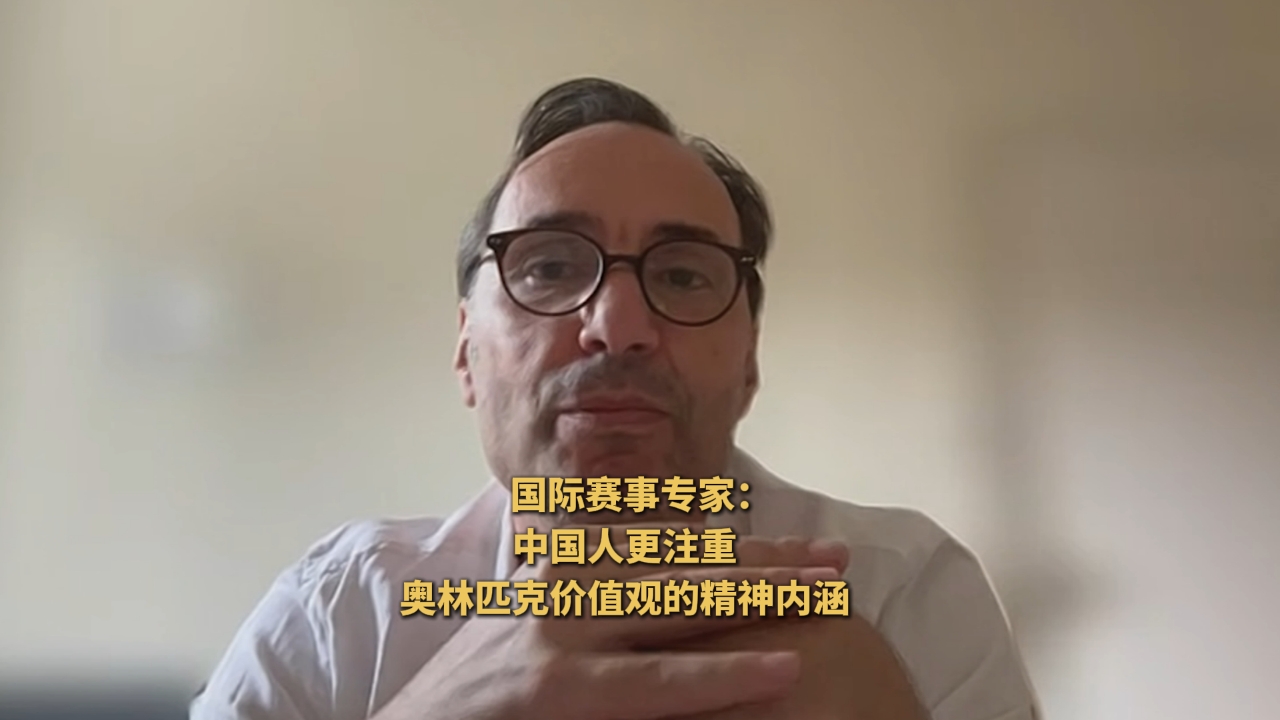

 京公网安备 11010202009201号
京公网安备 11010202009201号